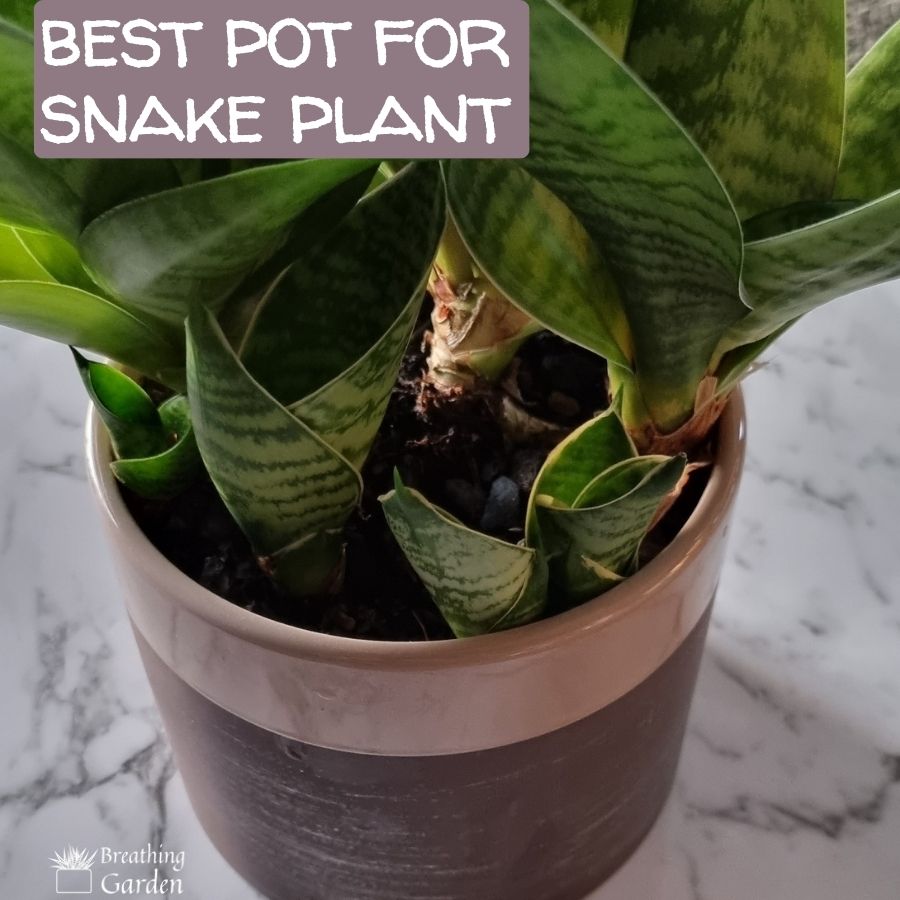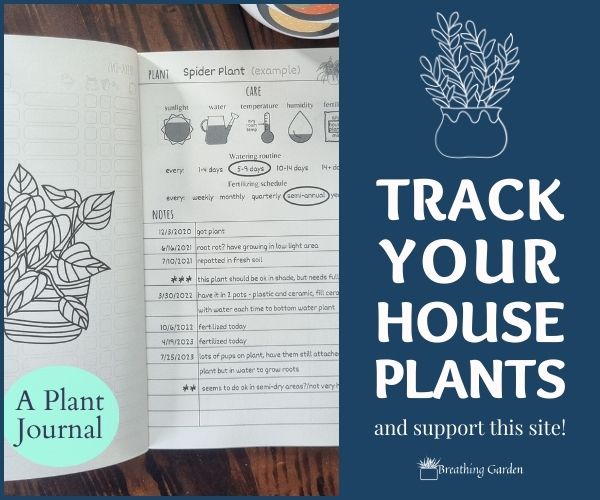When it comes to indoor plants, snake plants (Sansevieria) are popular for their low maintenance and resilience. But, have you ever wondered about the ideal snake plant pot size and the best pot for your snake plant? In this article, we’ll look at the essential factors to consider when choosing the right pot for your snake plant.
*This post may include affiliate links. When you purchase items from these links, we will receive a small commission, at no extra cost to you, to help support this website. Thank you for your support! Read more ->
What Size Pot for Snake Plants?
Snake plants are a plant that like to be a little constrained in the root area. When you’re picking out a pot for your snake plant, whether it’s a brand new plant or one you’ve had for years, only choose one 1-2 inches wider than what it’s currently in.
This is the same as cacti, where the more space they have for roots, the slower they will grow upwards because they’re just focusing on filling pot with roots. (Find a cacti example here)
Plan on repotting every 2+ years just to either give it more space or cut out some of the new pups and roots and repot it in the same pot. (Read about how to propagate snake plant pups)
Other Considerations For Best Pot For Snake Plant
Aside from size, there are a few other factors to consider when it comes to choosing the best pot for your snake plant.
Material
While plastic pots are lightweight and affordable, they may not provide enough stability for taller snake plants. Terracotta pots are a better choice as they’re porous, allowing for better air and moisture circulation around the roots. Ceramic pots work just as well for stability.
Shape
The shape of your snake plant pot can also impact how well your plant grows. Contrary to what one might assume, the pot does not need to be as tall as it is wide. Snake plants are rather tall and thin, but their roots are not deep. Using shallower pots is a smart trick that not only saves space but minimizes the chance of root rot.
Drainage
Snake plants don’t like wet roots, so choose a pot with drainage holes to prevent water buildup. A saucer under the pot will help catch excess water and protect your furniture or floor.
Alternatively, you can put stones in the bottom of a pot without drainage holes to ensure excess water does not stay in the soil. (Although this can mean it’s trickier to repot when you need to, as it may be more difficult to remove the plant from the pot).
Keep reading: do snake plants need drainage holes?
In Summary: Pots for Snake Plants
With these simple tips in mind, you’ll be able to easily choose the best pot for your snake plant and help it thrive indoors. Remember, a pot that is too large can hold excess moisture and lead to root rot, while a pot that is too small can restrict growth and cause root-bound plants. It’s essential to find the right balance for your snake plant’s health and happiness. Good luck and happy planting!



